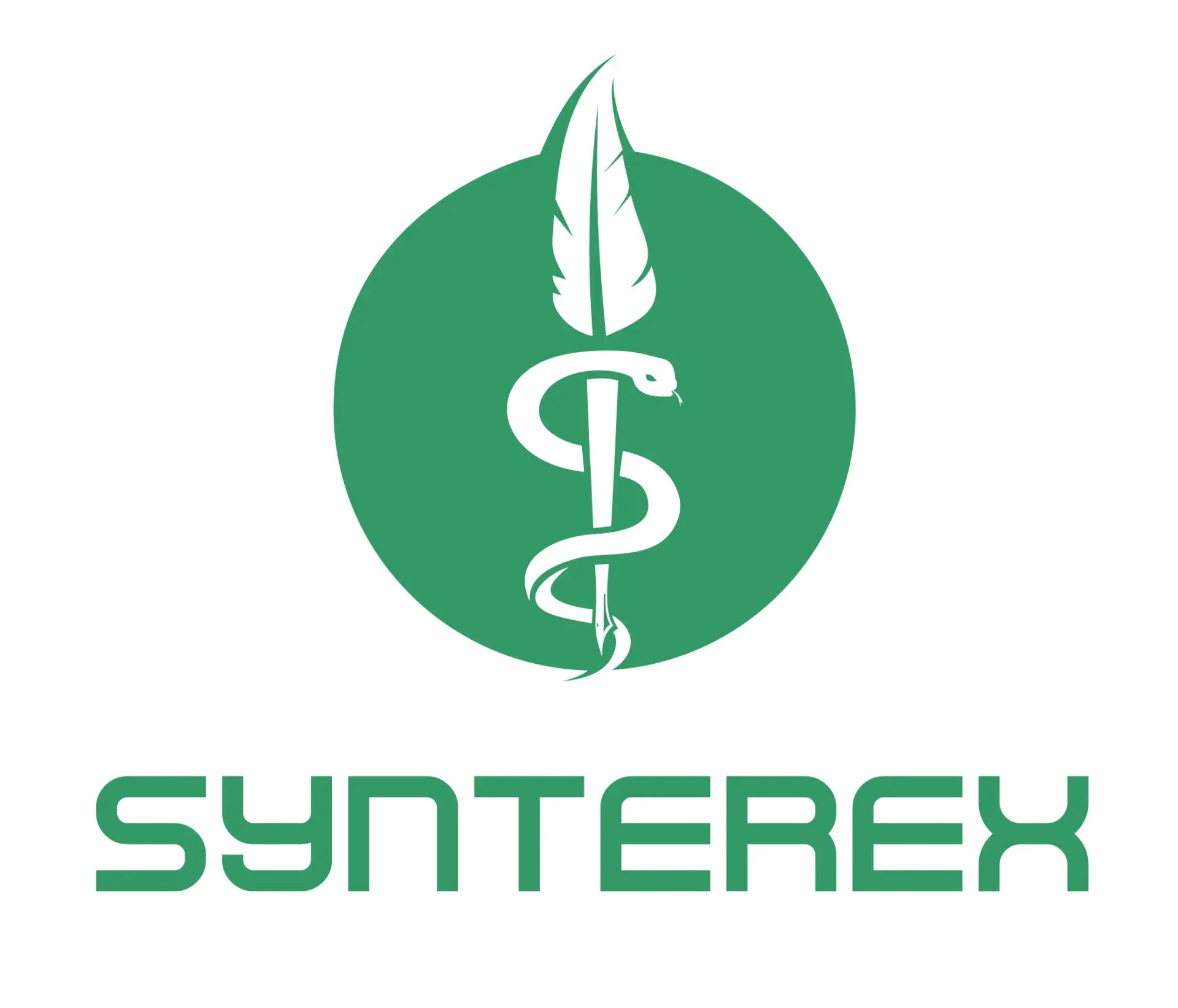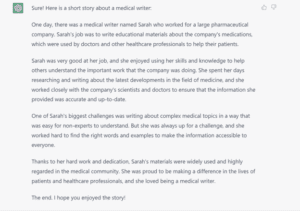Technology
In recent years, the integration of Artificial Intelligence (AI) into various sectors has sparked widespread discourse, particularly concerning its application in the medical writing field. With numerous claims suggesting that AI could potentially replace medical writers or drastically reduce the time taken to prepare regulatory documents, it’s crucial to address these assertions with a balanced…
Read MoreThe National Institute of Standards and Technology (NIST) has developed a comprehensive framework aimed at enhancing the trustworthiness of AI systems. This framework, known as the NIST AI Risk Management Framework (AI RMF), is designed to support stakeholders across industry, academia, and government in fostering responsible AI development and deployment. Core Components of the AI…
Read MoreIn today’s fast-paced world, effective time management and prioritization are crucial. Enter the Eisenhower Matrix, a powerful tool that can help you streamline your tasks and make better decisions. Named after President Dwight D. Eisenhower, this matrix categorizes tasks based on their urgency and importance, enabling you to focus on what truly matters. But did…
Read MoreImplementing an AI pilot project for clinical documentation software requires meticulous planning and strategic execution. Here are the essential best practices for ensuring the success of your AI pilot project, from the initial planning stages to its full integration into existing systems. Formation of an AI Oversight Committee The journey begins with the formation of…
Read MoreIn the rapidly evolving field of artificial intelligence, NIST’s new Generative Artificial Intelligence (genAI) Profile guidance offers crucial strategies for managing AI risks. This post breaks down the essential tasks under four categories: Govern, Map, Measure, and Manage. Let’s delve into what each of these involves and how they can guide organizations in implementing genAI…
Read MoreIntroduction The National Institute of Standards and Technology (NIST) has crafted a robust framework aimed at guiding the responsible development and deployment of generative artificial intelligence. The draft Generative AI Intelligence Profile addresses critical concerns that span safety, security, ethical standards, and compliance issues. Today’s blog takes a deeper dive into this vital document, breaking…
Read MoreIntroduction In the rapidly evolving landscape of healthcare, artificial intelligence (AI) is transforming the way clinical documentation is managed. As biotech and pharmaceutical companies, academic institutions, and healthcare systems increasingly adopt AI tools to improve the accuracy and efficiency of clinical information, the need for robust governance structures becomes imperative. Drawing inspiration from proven, existing…
Read MoreToward the end of clinical document development, a quality control (QC) review is needed to verify data, check facts, ensure structure is internally logical and meets regulatory requirements, and proofread for typographical errors or inconsistencies. Implementing best practices allows the reviewer to optimize their review time and deliver valuable feedback, regardless of whether the working…
Read MoreThe International Council for Harmonisation of Technical Requirements for Pharmaceuticals for Human Use (ICH) recently released a third revision of its E6 Guideline, also known as ICH E6 (R3). This revision introduces new concepts and updates in the realm of clinical trial methodologies, with an emphasis on quality, flexibility, and modernization. Let’s explore the key updates and discuss how they might affect medical writers.
Read MoreWe asked ChatGPT to tell us a story about a medical writer; here’s what it got right and what it got wrong. Like many of you, when ChatGPT appeared in the news recently (mainly in reference to stories about students misusing the technology), I was curious. There have been many times in recent years when…
Read More

